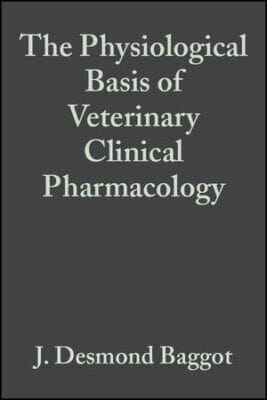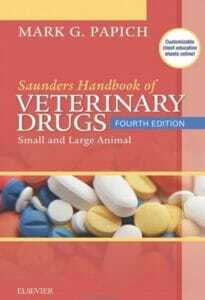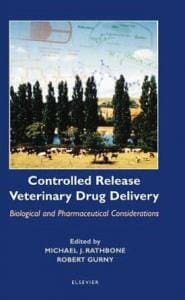The Physiological Basis of Veterinary Clinical Pharmacology

By J. Desmond Baggot
The Physiological Basis of Veterinary Clinical Pharmacology PDF. The diversity of species in which drugs are used for clinical purposes and the emphasis on various classes of drugs make veterinary pharmacology a complex subject. Anatomical and physiological features influence the pharmacokinetic behaviour of a drug in a particular animal and the dosage required. This book is concerned with the basis of species differences, the selection of pharmacokinetic parameters and the interpretation of values obtained. There are chapters on bioavailability and its application to veterinary dosage forms, changes in drug disposition and interspecies scaling, clinical selectivity and stereoisomerism, drug permeation, antimicrobial disposition and specifics related to neonatal animals.
The author has gathered all this information together in one place so allowing the reader to make better selection of drug preparations for animal dosages to effectively treat animal diseases.
The book will prove valuable to clinical researchers in the areas of pharmacology, anaesthesia, microbial infections and, internal medicine as well as postgraduate students of these disciplines.
Read more: Rang & Dale’s Pharmacology, 9th Edition
This Book is Available For Premium Members Only













![Ettinger’s Textbook of Veterinary Internal Medicine 9th Edition [PDF+Videos] Ettinger’s Textbook of Veterinary Internal Medicine 9th Edition [True PDF+Videos]](https://www.vet-ebooks.com/wp-content/uploads/2024/10/ettingers-textbook-of-veterinary-internal-medicine-9th-edition-100x70.jpg)

![Textbook of Veterinary Diagnostic Radiology 8th Edition [PDF+Videos+Quizzes] Thrall’s Textbook of Veterinary Diagnostic Radiology, 8th edition PDF](https://www.vet-ebooks.com/wp-content/uploads/2019/09/textbook-of-veterinary-diagnostic-radiology-8th-edition-100x70.jpg)






